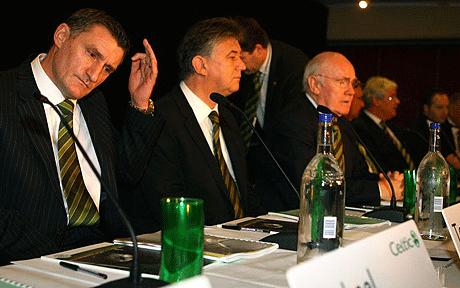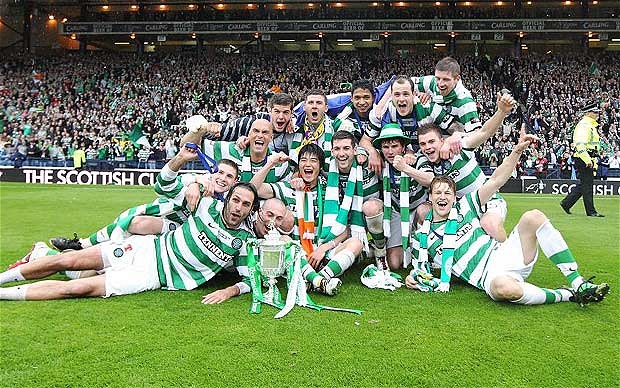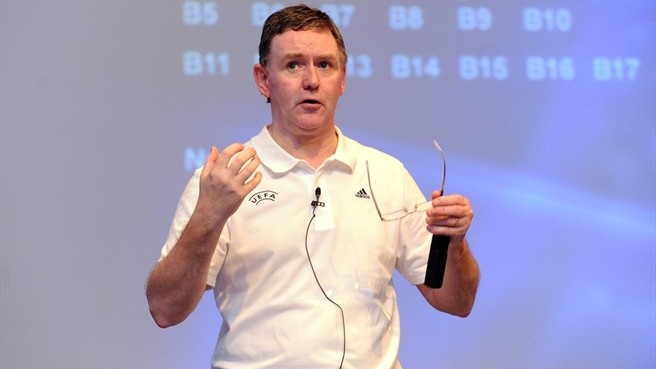What we can also see from the figures is that the board backed the new manager with investment in new players following Gordon Strachan’s departure. We know it was to little avail but any manager being given nearly £11m in the SPL to rebuild a team is hardly being short changed. Even looking at the proceeds from players sold which amounted to nearly £4.5m leaves a net spend of over £5m. This is the type of threshold that some supporters have mentioned in the past which provides a benchmark on the annual level of investment which Celtic should be making to strengthen and develop the squad.
Ultimately this outflow of cash to acquire players in a season of reduced income leads to only one thing. An increased reliance of on the bank through short term bank debt. This is now hovering just under the £6m mark but it should provide little concern providing Celtic can get back on track under Neil Lennon by winning the SPL and ensuring Celtic place back in Champions League football. Ultimately the board know that it is that competition and its financial premiums that provide the financial headroom to keep on rejuvenating the team season after season.
Much will be made of the exceptional operating expenses in some Celtic circles which highlight the fall out cost of hiring and firing managers in the crazy world of football contracts but with a hit of only £1.7m this is actually less than the previous season when the club were paying off the likes of Thomas Gravesen for a total of £2m. So it was both mischievous and disingenuous of the Chairman John Reid to allow the inference that the difference between last years profit and this years loss was effectively the cost of hiring and firing Tony Mowbray and his staff. We do not need a blame game culture at Celtic and certainly not one being instigated by the Chairman. Previously Peter Lawwell has made it quite clear that everyone involved with Celtic in a paid decision making capacity has to accept the joint responsibility of last seasons disappointments. And jointly address those shortcomings this season.
Certainly Celtic still have a sound financial base and not that we particularly wanted to see it but a season of failure has demonstrated that Celtic’s strength is in its sound financial base. That is unpalatable to some in an age of inflated transfer fees and wages in the EPL and in Europe.
Despite this, on the day these financial statements were released, Neil Lennon was introducing yet another new signing to the club. The fact that he has now brought in nearly a full teams worth of new players over the summer further demonstrates Celtic’s capacity to operate relatively easily in the football transfer market despite last season’s financial set back.
The proceeds from the McGeady sale provides further opportunity for investment in the playing side and the vacant No7 jersey is enticingly intriguing with a couple of weeks still to go in the transfer window.
So while the effects of a dismal season can be seen in the financial statements there is no significant restriction on what Celtic have to do to invest and win back the SPL. Celtic are not in the same situation they found themselves in following the Artmedia fiasco where the club had to embark on a major short term cost cutting exercise to realign costs due to significantly reduced income while carrying a larger year end bank debt compared with what was published yesterday.
As ever though the bottom line for Celtic is to be successful in the SPL and maintain a position of financial strength from what accrues as a result of that success. Off the park the merchandising should be on the increase again with the launch of two new kits this season (that new away kit is a belter!). Added to this as mentioned previously Lawwell and Lennon have worked extremely hard in trying to woo some of the support back to Parkhead through Season Card renewals.




